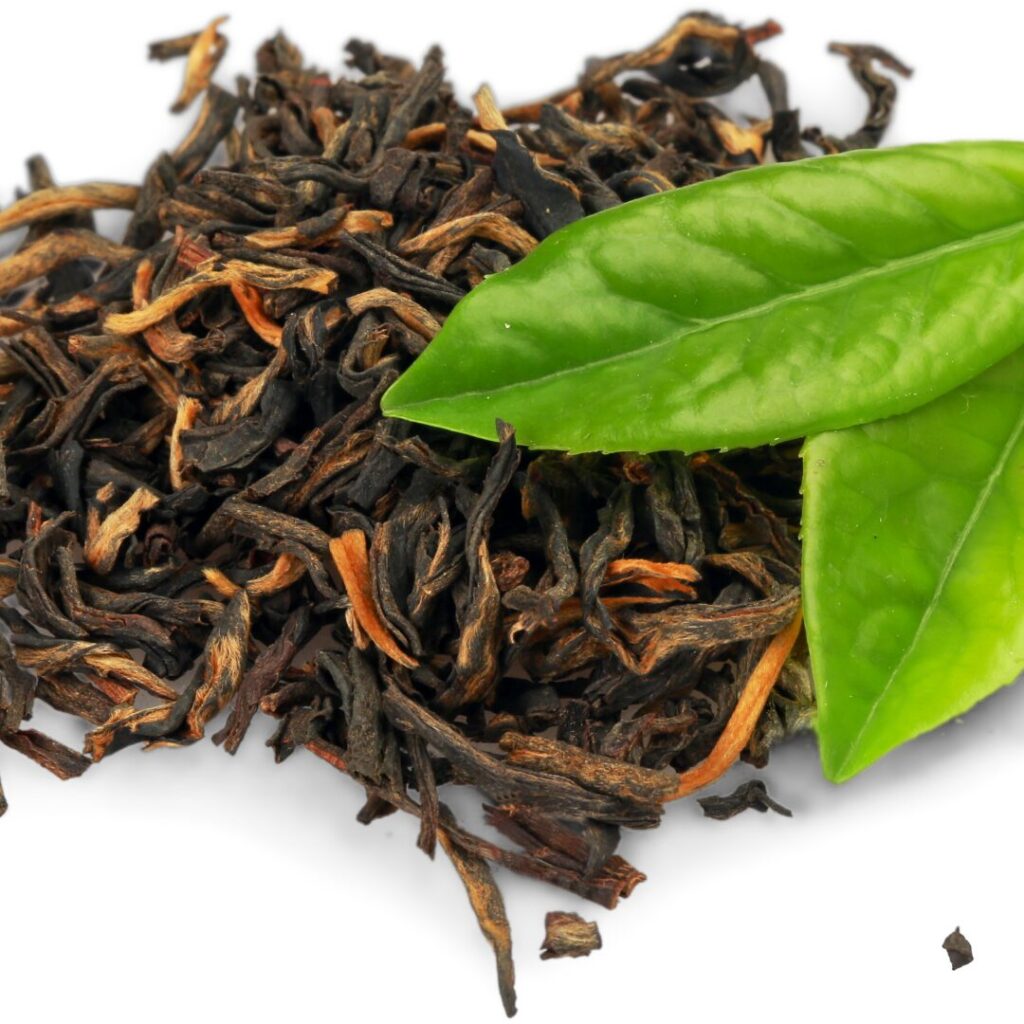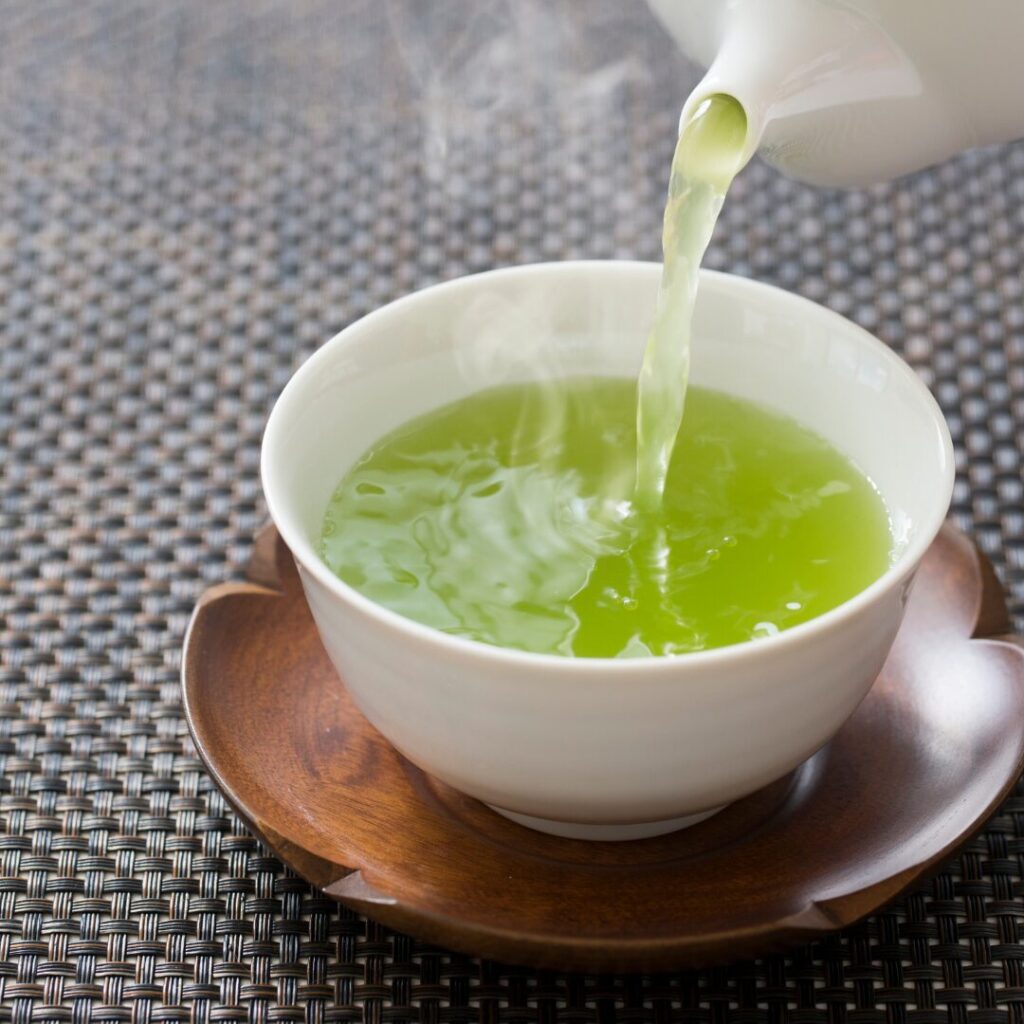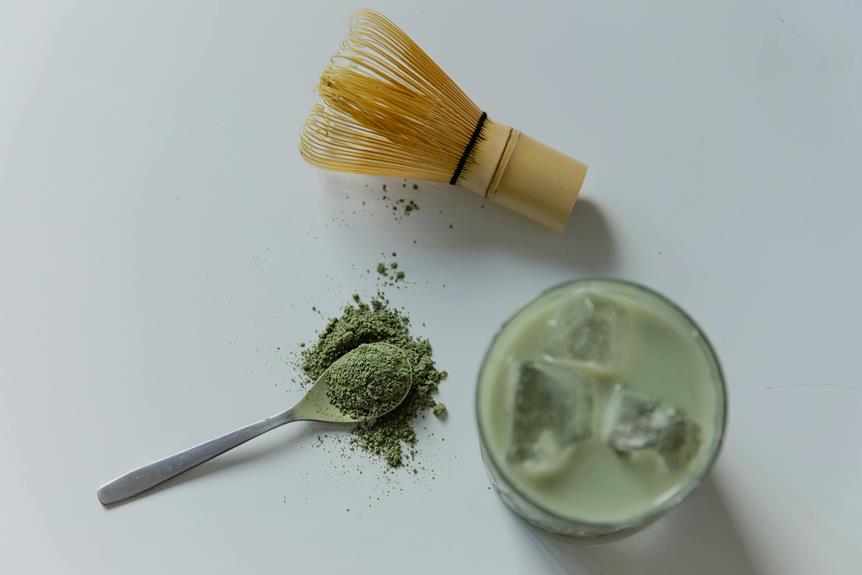Tamaryokucha, a unique “coiled green

What does tamaryokucha mean?
Tamaryokucha, also known as “Tamaryoku-cha” or by its charming nickname “guricha” meaning “curly
This curled wonder is crafted through a special process that shapes the leaves into their signature spirals, setting tamaryokucha apart from its green
Origin and history
Looking into the past, you’ll discover that the history of Tamaryokucha is as rich and coiled as its leaves, tracing back to mid-20th century innovations by Kyushu farmers. These agricultural pioneers sought to refine and distinguish their
This innovation wasn’t just about aesthetics; it was a strategic move to craft a
Emphasizing control in every aspect of production, from the selection of leaves to the precise steaming and rolling techniques, Kyushu’s
 Organic Tamaryokucha (Curly Japanese Green Tea) from Oita, Japan
Organic Tamaryokucha (Curly Japanese Green Tea) from Oita, Japan - Offers a distinctive flavor blend of berry, nut, citrus, and grass notes, providing a unique Japanese green tea experience.
- Organic Tamaryokucha is Certified JAS Organic, ensuring both quality and environmentally-conscious cultivation.
- Abundant in antioxidants, contributing to potential immunity support and enhancing the health benefits of the tea.
- The steaming and rolling production method results in a visually appealing curled shape, adding to the tea's aesthetic appeal.
- Versatile brewing options allow customization according to taste preferences.
- The unique flavor profile might not appeal to everyone
- The curled appearance might lead to inconsistent measurements when brewing by teaspoon, affecting taste results.
- The specialized production process could lead to a higher price point compared to more common green tea varieties.
- Requires specific steeping temperatures and times.
Appearance and Flavor Profile of Tamaryokucha
Physical Characteristics
Tamaryokucha, affectionately known as “guricha” in some circles, brings a delightful twist to the traditional Japanese green
The glossy, vibrant green curls are more than just pretty; they’re a testament to the
Flavor Profile
Step into the flavorful world of tamaryokucha and prepare for a
- Sweet Notes: Imagine the freshness of early spring grass or the crispness of sugar snap peas. That’s the kind of natural sweetness you’ll find in a cup of tamaryokucha. It’s bright and inviting without the vegetal intensity that some green teas carry.
- Rich Umami: Dive deeper into each sip and you’ll discover a savory richness that might remind you of lightly steamed green vegetables or a piece of fresh seaweed. It’s an umami depth that truly sets tamaryokucha apart, giving it a full-bodied flavor that’s both satisfying and subtly complex.
- Nutty Undertones: There’s a whisper of nuttiness here, too—think of the gentle aroma of toasted almonds or the warmth of roasted chestnuts. This, combined with a buttery finish, rounds out the
tea ’s profile, adding layers of richness that linger on the palate. - A Hint of Bitterness: Just enough bitterness peeks through to balance the sweetness and umami. It’s a soft, rounded bitterness that doesn’t overwhelm but instead complements the other flavors, making tamaryokucha a wonderfully balanced choice for any time of day.
Comparison to Other Green Teas
While sencha might boast a bold grassiness and a certain astringency, tamaryokucha opts for a smoother, more approachable profile that’s often preferred by those who find other green teas too harsh. Its caffeine content is also slightly lower than that of other green teas, allowing you to enjoy it later in the day without worry.
Tamaryokucha offers a gentler, yet equally engaging alternative to the potent rush of matcha, with flavors that develop and evolve as the leaves slowly unfurl in your pot or cup.
Types and Varieties
Exploring the world of Tamaryokucha reveals a diverse array of types and varieties, each offering its unique taste and aroma. You’ll find that the choice between steamed (mushisei) and pan-fried (kamairi) versions places you in control of the flavor profile you prefer. The steamed variety, with its savory and grassy undertones, presents a classic taste deeply rooted in Japanese tea tradition. On the other hand, opting for the pan-fried type introduces you to a less conventional, vegetal flavor reminiscent of Chinese green teas.
As you investigate further, you’ll discover the significance of the processing method on the final product. The careful steaming or pan-frying of these teas doesn’t just influence taste but also preserves the
Brewing Tamaryokucha at the recommended temperatures of around 80°C for 2-3 minutes allows you to experience multiple infusions, each revealing a slightly different facet of its complex character. This flexibility in brewing puts you in charge of exploring the depth and breadth of flavors Tamaryokucha has to offer, ensuring your

Tamaryokucha tea benefits
Tamaryokucha, a distinctive Japanese green
Moreover, Tamaryokucha supports weight loss efforts by increasing metabolic rate and fat oxidation, thanks to its combination of caffeine and catechins. It also contributes to cardiovascular health by lowering bad LDL cholesterol and improving the overall cholesterol profile, thereby reducing heart disease risks. The antioxidants in Tamaryokucha may also protect the liver, reducing inflammation and shielding against liver diseases.
Externally, the polyphenols in the
Refreshing Tamaryokucha Recipes
Tamaryokucha Banana Spinach Smoothie
Start your day with a burst of energy from this vibrant and healthful smoothie that blends the distinct flavors of tamaryokucha with sweet bananas and nourishing spinach. This smoothie is not only a nutritional powerhouse but also a delightful treat for your taste buds. Here’s how to make it:

Konnichiwa! (Hello!) I'm Pat Tokuyama, a Japanese tofu cookbook author, who travels for music, food, and adventure. If you like Japanese tea, checkout some of the newestorganic japanese tea, matcha bowls and noren and more!
** Curious about the Plant Based Japanese Cooking Club? ** Learn more here!
Tamaryokucha Martini
Elevate your cocktail hour with this elegant and refreshing Tamaryokucha Martini, a perfect drink for unwinding after a long day or hosting a chic summer soiree. The subtle flavors of tamaryokucha provide a fresh twist on the classic martini, making it a surefire hit at any gathering.
Tamaryokucha vs Sencha
Tamaryokucha and Sencha, both hailing from the Camellia sinensis plant, represent two distinct styles of Japanese green
Tamaryokucha, on the other hand, is steamed for a shorter period and then shaped into tight curls. This unique processing results in a milder flavor profile, with less astringency and more nuanced notes of sweetness and nuttiness. The curling of the leaves helps retain the
Both teas are rich in antioxidants and offer similar health benefits, including anti-inflammatory effects and cardiovascular health support. They require similar brewing techniques, with slightly cooler than boiling water and short steeping times to preserve their delicate flavors. While Sencha might be preferred in culinary applications for its stronger flavor, Tamaryokucha’s subtler taste makes it versatile for both drinking and as a component in dishes that require a gentle
Conclusion
As you’ve journeyed through the world of Tamaryokucha, you’ve uncovered its unique charm, from its curled leaves to its rich flavor. Originating from Fukuejima and cherished for its softer taste, Tamaryokucha offers a less astringent alternative to Sencha, with delightful vegetal and umami notes.
Whether steamed or pan-fried, its processing crafts a








Konnichiwa! (Hello!) I'm Pat Tokuyama, a Japanese tofu cookbook author, who travels for music, food, and adventure. If you like Japanese tea, checkout some of the newestorganic japanese tea, matcha bowls and noren and more!
** Curious about the Plant Based Japanese Cooking Club? ** Learn more here!